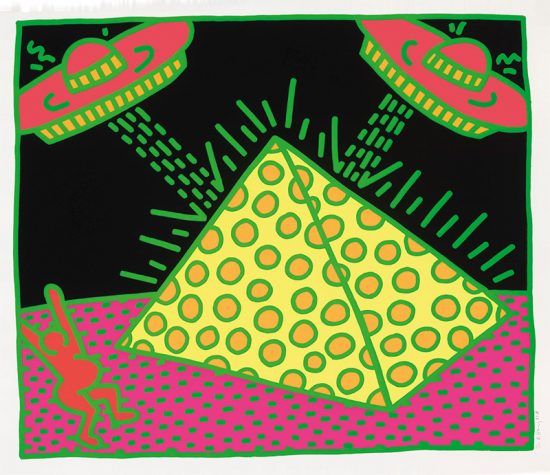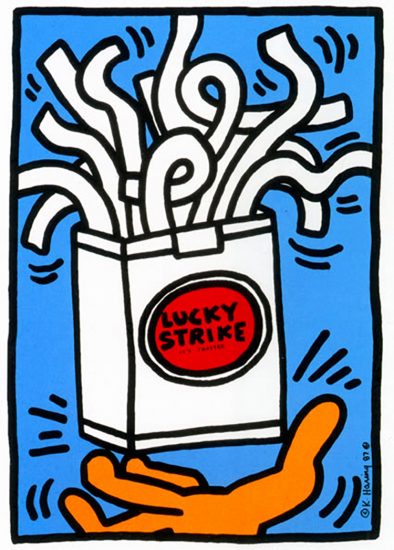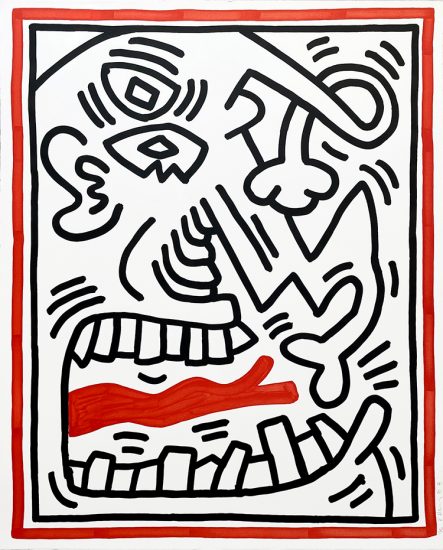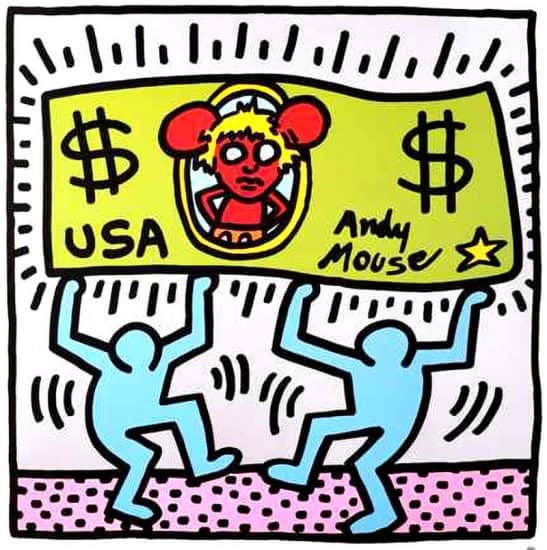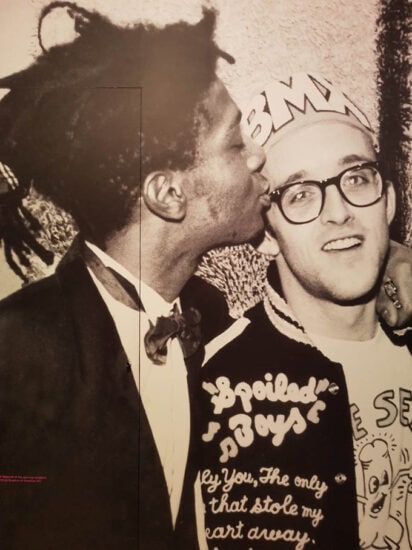One of Keith Haring's most famous murals is "Crack is Wack," a large-scale public artwork located in New York City's Harlem neighborhood. The mural was painted by Haring in 1986 in response to the crack cocaine epidemic that was sweeping through the city at the time. Today, the mural is considered a powerful symbol of Haring's social and political commentary, as well as his commitment to using art as a tool for social change.
The "Crack is Wack" mural is located on a handball court at 128th Street and Second Avenue in Harlem. The mural measures approximately 16 feet wide by 26 feet tall, and features a series of bold, black lines and bright, vibrant colors. The central image of the mural is a large, red figure with its arms spread wide, symbolizing the effects of the drug on the body. The figure is surrounded by a series of smaller figures and symbols, including snakes, skulls, and other ominous imagery.
Haring painted the mural in just one day, using only a ladder and some basic supplies. He worked quickly and spontaneously, using his trademark bold lines and bright colors to create a powerful and emotive image. The mural was originally intended to be a temporary installation, but it has since become a permanent fixture of the Harlem community, and is considered one of Haring's most enduring works.
The "Crack is Wack" mural is widely regarded as a powerful statement on the impact of the crack cocaine epidemic on communities of color in the United States. At the time that the mural was painted, crack cocaine was becoming a major public health crisis in many urban areas, and was disproportionately affecting low-income and minority communities. Haring's mural was intended to draw attention to this issue and to spark conversation and action around the issue of drug abuse and addiction.
Over the years, the "Crack is Wack" mural has become a beloved and iconic landmark in the Harlem community. It has been the subject of numerous articles, documentaries, and works of art, and has inspired countless artists and activists to use their own work as a means of effecting social change. In 2019, the Keith Haring Foundation announced that it would be funding the restoration of the mural, in order to ensure that it would be preserved for future generations to enjoy and appreciate.
Today, the "Crack is Wack" mural remains a powerful symbol of Keith Haring's commitment to social and political activism. It serves as a reminder of the role that art can play in sparking conversation and inspiring change, and it continues to inspire artists and activists around the world to use their own work as a means of effecting positive change in their communities.



